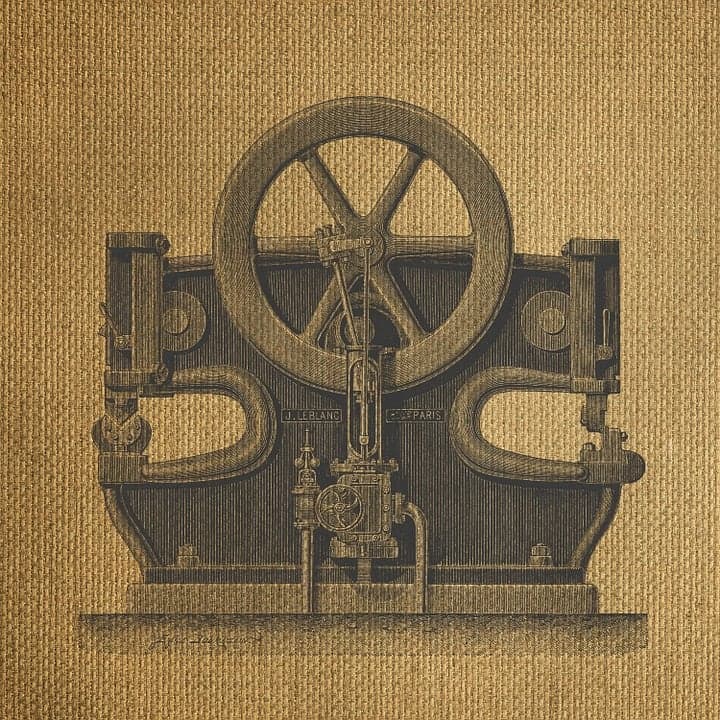Published:
This is part three of a five-part blog series on the evolution of the textile industry over time.
The Industrial Revolution started in England in the 1700’s. At this time, England was a colonial power, and used its colonies in the Americas and Asia to provide resources such as silk, tobacco, sugar, gold, and cotton, and provided its colonies with finished products such as textiles and metalware. As the population in Britain and its colonies increased, Britain had to find new ways to keep up with the demand for its products. The value for trade motivated Britain to produce more ships and goods, and Britain’s ports, population, and supply of water and coal made it the perfect place to industrialize. At this time, Britain largely controlled international trade, and most global trade was conducted within Europe, but by the late 1790s 57 percent of British exports went to North America and the West Indies, and 32 percent of British imports were provided by these regions.
Before the Industrial Revolution, textiles were made by hand in the “cottage industry”, where materials would be brought to homes and picked up when the textiles were finished. This allowed for workers to decide their own schedules and was largely unproductive. Because Britain was the main supplier of textiles overseas, it needed a new way to meet the large demand for textiles. New technological innovations such as Hargreave’s “spinning jenny”, Richard Arkwright’s water frame, and the Boulton and Watt steam engine improved the quality of thread and the speed it took to produce. The textile industry was primarily based in Britain, until the 1780s when Samuel Slater brought English technology to the United States. Technological innovations in the United States such as Eli Whitney’s cotton gin were able to further benefit the production of textiles; the cotton gin separated seeds from the cotton more quickly than before so that the United States was able to produce fifty times more cotton. The United States Industrial Revolution was able to take place because of British ideas that were brought to the United States. Another example is Francis Cabot Lowell who brought the power loom and other factory ideas from England to the United States, which lead to the first factory where raw cotton could be made into cloth in the same location.
Many aspects of society and business today started during the Industrial Revolution. Before the Industrial Revolution, over 80 percent of people lived in rural areas and by 1850, more people in Britain and the United States lived in cities than in rural areas. Another aspect of the Industrial Revolution that we can still see today is the rise of the middle class. Additionally, women were introduced to the workforce during the Industrial Revolution. Many women were hired to work in the textile factories because they provided cheap labor and many women were seeking the independence that joining the workforce could give them. An example of this in the Industrial Revolution is the Lowell girls. Francis Cabot Lowell started textile factories in the United States and employed mainly young women, and was able to make large profits because of the cheap labor.
File under






